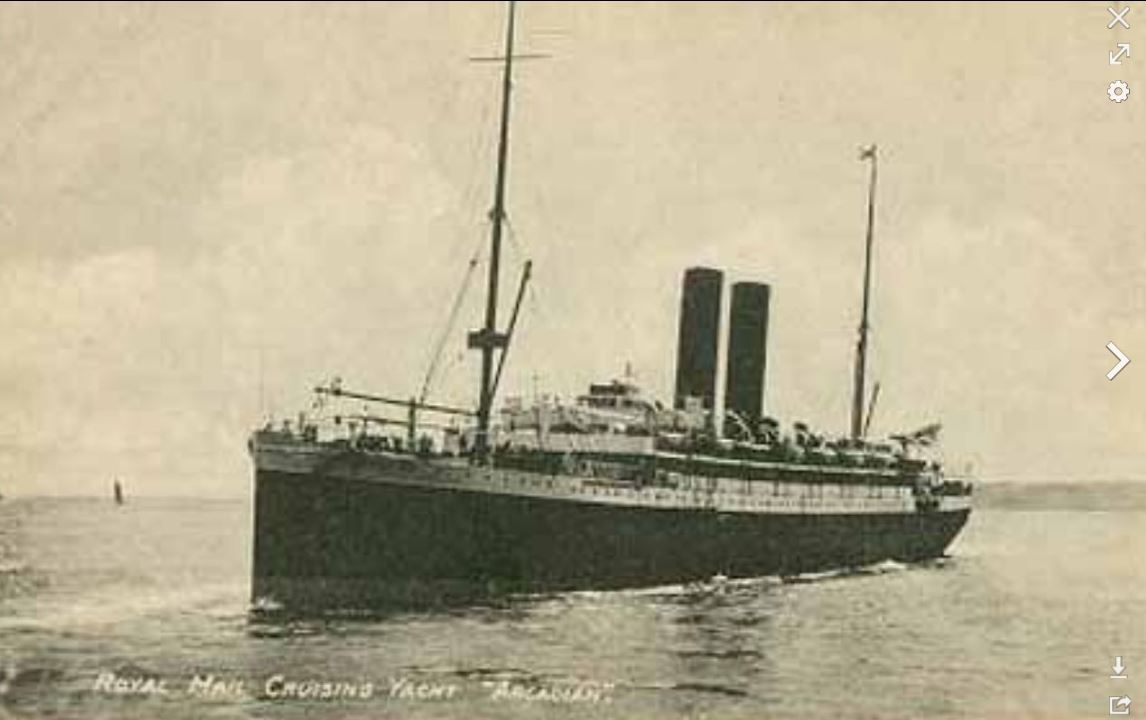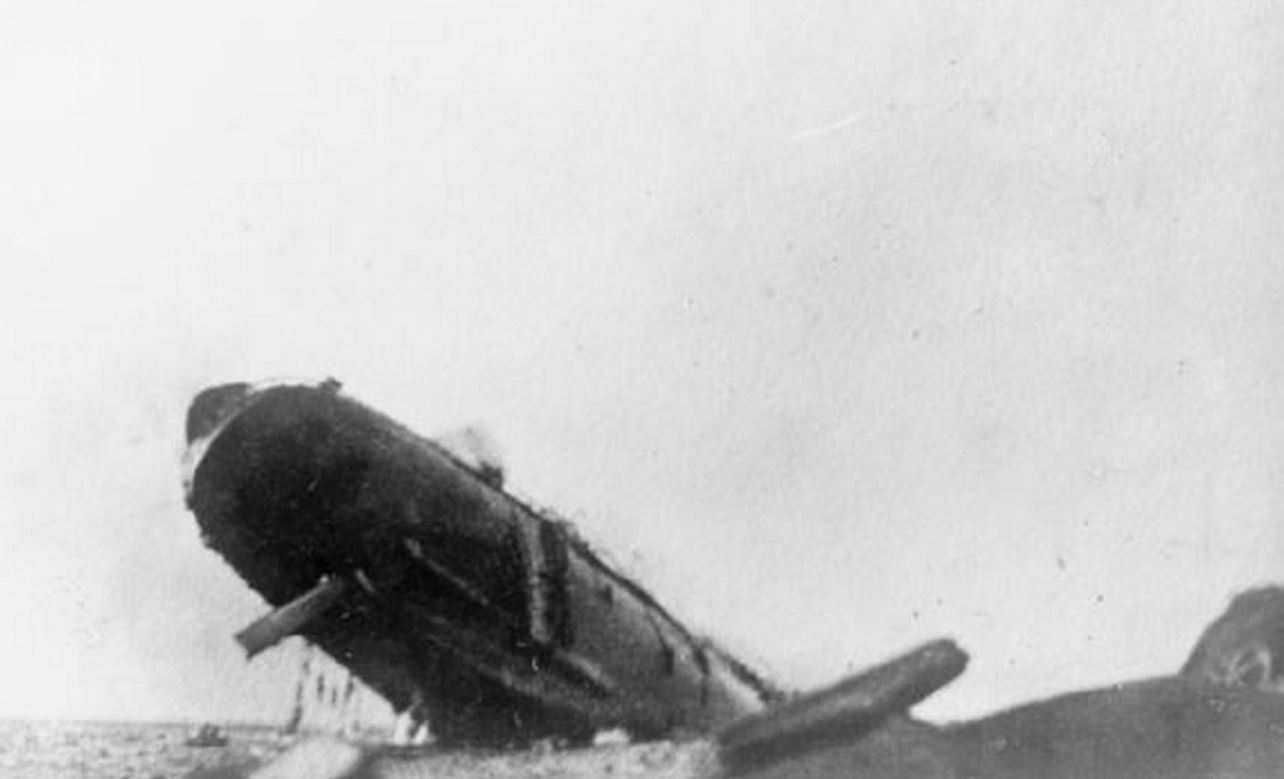HMT Arcadian
From Our Contribution
Contents
[hide]Remarks
Built for the Pacific Steam Navigation Company, in 1906 she was transferred to the Royal Mail Steam Packet Co of London, who used her in a joint operation with the Orient line to Australia. In April 1909, she was transferred to the Royal Mail West Indies service. In 1910, she was sent to the Harland & Wolff shipyard in Belfast for conversion into a 320-capacity cruise ship.
In February 1915, Arcadian was hired by the Admiralty, and On 7 Apr 1915 at Alexandria, General Sir Ian Hamilton went aboard and used Arcadian, together with the battleship Queen Elizabeth, as his headquarters ship during the opening phase of the Gallipoli Campaign. Once Hamilton's staff had transferred to a shore base at Imbros, Arcadian was employed as a troop ship in the Mediterranean. Torpedoed and sunk 15 Apr 1917 by U-Boat UC 74, in the Aegean Sea while transporting troops from Salonika to Alexandria in Egypt. Thirty five crew members and 242 troops perished from the 1,335 on board at the time. The destroyer that came to her assistance was itself torpedoed, causing further casualties.

